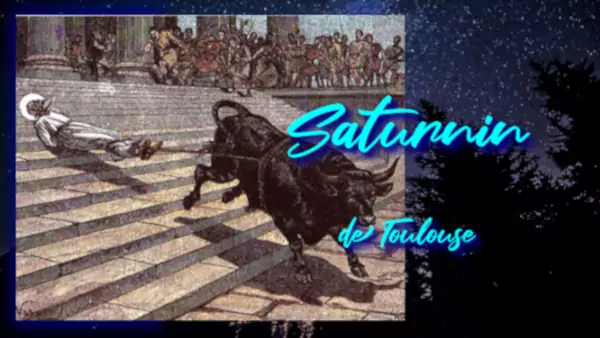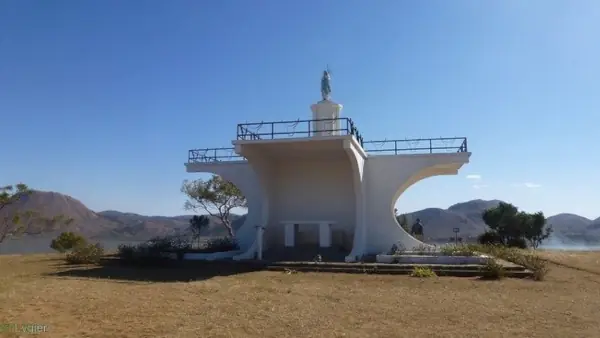29 November - The Saturnin here was the son of a Greek king. The accounts of his life are divergent. Some say that he was one of the seventy-two disciples of the Lord and that he lived with Him, saw his resurrection and ascension to heaven. Other sources clearly indicate that he lived in the third century.
What matters is what he did with his life, because the same story is told by both those who claim that he lived in the first century and those who say that he lived in the third century. It is said that he was sent to proclaim the Gospel in Gaul. He was a bishop at that time, he built many churches and destroyed evil kingdoms. Saturnin's preaching in Arles and Nîmes was a fruitful success. Because he proclaimed Christ, he was imprisoned in Carcassonne, but an angel freed him. In Toulouse, there was a leper, when she came out of the water of baptism, she was healed and many repented afterwards. There are also a number of people who come to him with sick people and he heals them just by the sign of the cross. Saturnin also proclaimed the Gospel in Spain, but later returned to Toulouse because it was the centre of his mission and where he shed his blood.
When the worship of idols was appeased, the priests agreed that as long as Saturnin was allowed to preach Christ, their religion would die. So they led the people up, so that when Saturnin passed by, they shouted, "Come, sacrifice to our god, or you will have a misfortune", but Saturnin replied by praising Jesus Christ. At that moment the idol in the temple fell and broke. At the Capitol, the great temple of the time, a bull was offered as a sacrifice, tied with a rope, and Saturnin's legs were tied to it. The bull was struck so that it dragged Saturnin down the stairs and his head hit the stop of a step. The bull came out onto the square and shredded Saturnin until the rope broke. It should be noted that the church of Notre-Dame de Taur was built on this site called Route de Cahors or Rue de Taur, where Saturnin was buried. The site became a popular place of pilgrimage, and it is said that in 402 Saturnin's relics were transferred to the new basilica. It was a basilica built by Saint Sylve, bishop of Toulouse, and was completed by the Exuperator and named Basilique de Saint-Sernin.








